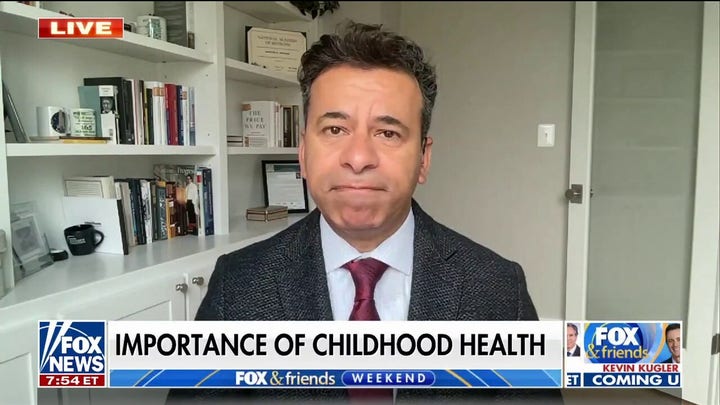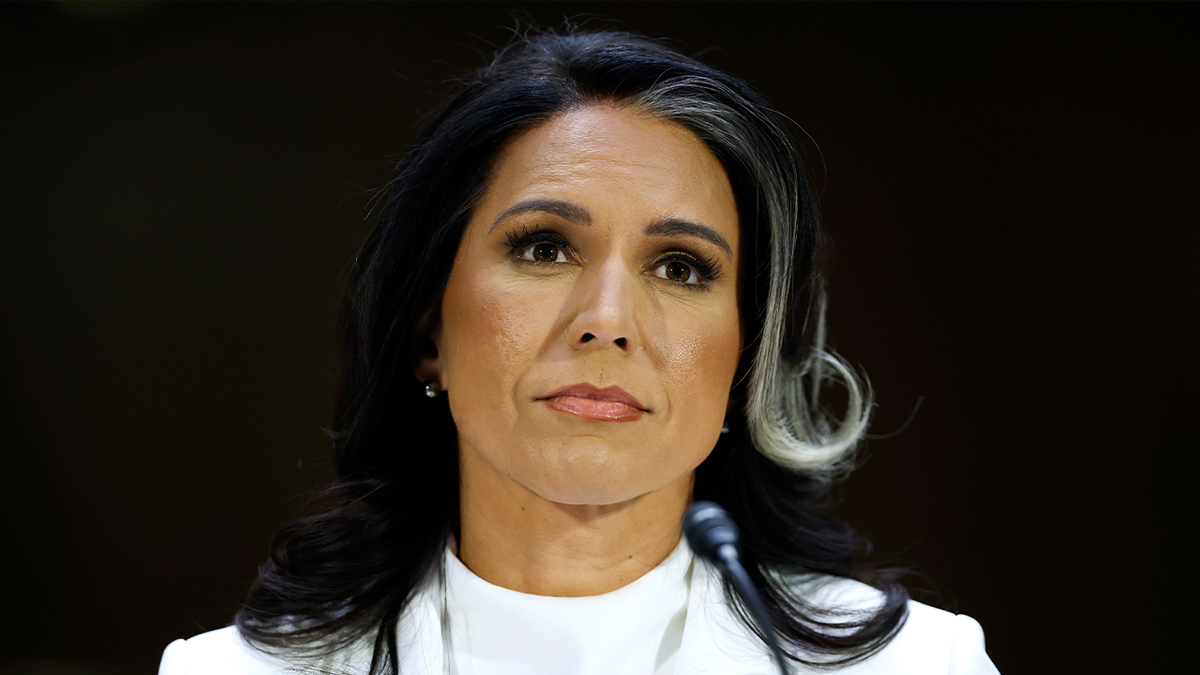The prevalence of obesity in America has skyrocketed, raising concerns among health professionals. Since the late 1970s, obesity rates have climbed from 15% to a staggering 42% in adults and from 6% to 20% in children. This alarming trend places a significant burden on the healthcare system due to its link to serious health issues like heart disease, stroke, and diabetes. As Congress prepares to reauthorize the Supplemental Nutrition Assistance Program (SNAP), commonly known as food stamps, it's crucial to examine the program's role in this escalating health crisis.

SNAP provides food assistance to approximately 42 million low-income Americans. However, a troubling correlation exists between SNAP benefits and obesity rates. Studies reveal that low-income individuals, particularly SNAP recipients, tend to have higher obesity rates compared to their non-recipient counterparts. A 2021 USDA study found that adult men and women enrolled in SNAP had obesity rates of 37% and 52% respectively, exceeding the rates of 32% and 40% for low-income adults not receiving SNAP benefits. This raises questions about the program's effectiveness in promoting healthy eating habits.
While the exact reasons for this correlation remain unclear, dietary choices appear to play a significant role. Although overall calorie intake has increased similarly across income levels since the 1970s, the types of food consumed differ. A 2016 USDA study revealed that a substantial portion (23%) of SNAP household food purchases consisted of items categorized as "junk food," including sugary drinks, desserts, salty snacks, candy, and sugar. With SNAP expenditures reaching $145 billion this year, this translates to roughly $33 billion spent on foods that contribute to obesity.

Further research indicates that SNAP recipients often consume fewer healthy foods like vegetables, fruits, whole grains, and lean proteins compared to non-SNAP households. This suggests that the issue isn't solely about the quantity of food but also the quality. The government's historical dietary guidelines, which emphasized carbohydrates over protein and fat, are now being questioned as potentially contributing to the rise in obesity. Data shows a significant increase in carbohydrate consumption since the 1970s, coinciding with the growing obesity epidemic.
While the USDA acknowledges poor nutrition as a major health concern, its flagship program, SNAP, inadvertently contributes to this problem. Ironically, sugary drinks, often discouraged by health officials, are among the most frequently purchased items by SNAP recipients. This paradox highlights the need for reform within the program.

Several reform proposals have been suggested, including restricting the purchase of junk food with SNAP benefits, shifting to a fruits-and-vegetables-only program, or even phasing out the federal program entirely and allowing states to manage their own food assistance initiatives. These proposals aim to address the complex issue of low-income nutrition and seek to find more effective solutions for both recipients and taxpayers.








